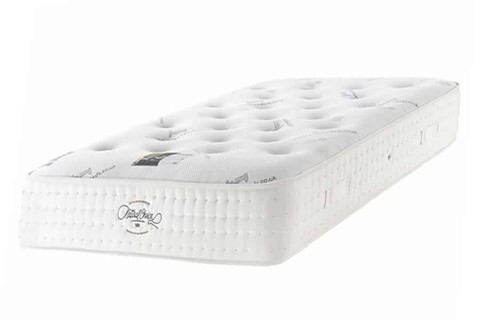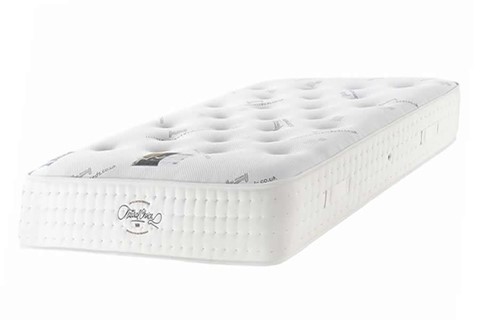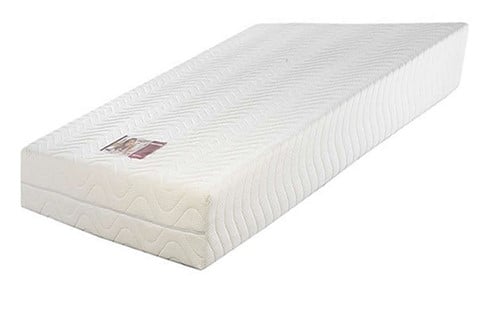Latex foam is a natural form of foam, made from the secreted sap of rubber trees. Latex foam is extremely durable and more breathable than standard memory foam. However, latex mattresses can be heavier than other foam mattresses.
Mattress Terms You Should Know
To help you make a more informed decision when mattress shopping, it’s important you know what the industry terms are and, more importantly, what they mean.
This ensures you can identify the correct quality of mattress for you and your guests.
- Spring count - The number of springs in a mattress. Usually the higher, the better.
- Gauge - Indicates the thickness of the wire springs. The lower the number, the thicker the spring, which typically results in a firmer mattress.
- Foam encapsulated - Foam encapsulated borders are a type of mattress edge finish, more commonly used on pocket sprung mattresses.
- Pillow top - Pillow top mattresses have an additional layer of comfort on the top of the mattress, providing a softer sleeping surface (usually used to help relieve back pain).
Visit our Knowledge Centre for more information about contract-related terms and their definitions.
B&B Mattress Regulations & Requirements
Any UK business that uses furniture NOT intended for domestic (private) use is legally required to ensure that all furniture meets strict fire regulations.
All beds and mattresses in UK B&Bs MUST comply with Crib 5 (also known as Source 5) fire regulations. These regulations go further than the regulations required for domestic furniture.
For use in a B&B, beds and mattresses must comply with the following British Standard (BS 7177:2008) tests:
- BS EN 597/1 (Resistance to a smouldering cigarette)
- BS EN 597/2 (Resistance to match flame)
- BS 6807 (Flame-retardant)
These standards do not guarantee that the furniture is entirely fireproof, but dramatically reduces the risk of ignition.
FAQs
How often should I replace the mattresses in my B&B?
Whenever necessary. The Sleep Council recommends that domestic users start thinking about replacing their mattresses every 7 years but depending on your room occupancy at your B&B, your mattresses may last shorter or longer.
The important thing is that your mattress is still in good condition. You want it to be clean, with no stains, tears or signs of damage. You also don’t want your mattress to sag or tip.
Investing in a better quality mattress to begin with, will result in longer use.
What can I do to make my beds more adaptable for the different preferences of guests?
Ensure you have a range of different pillows and mattress toppers, which can be used to transform a bed into a firmer/softer sleeping experience.
Also, make sure you are able to provide additional sheets for guests who may require them.


















